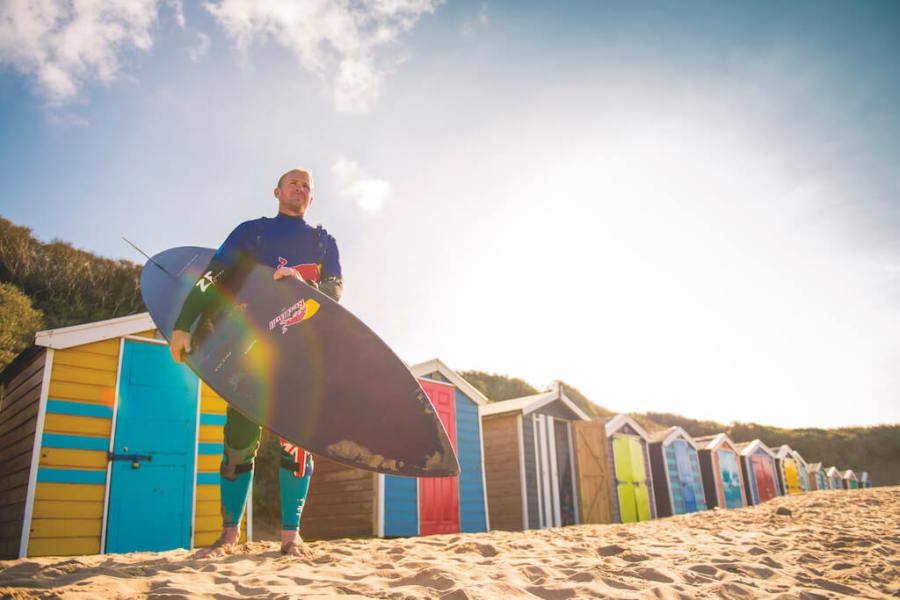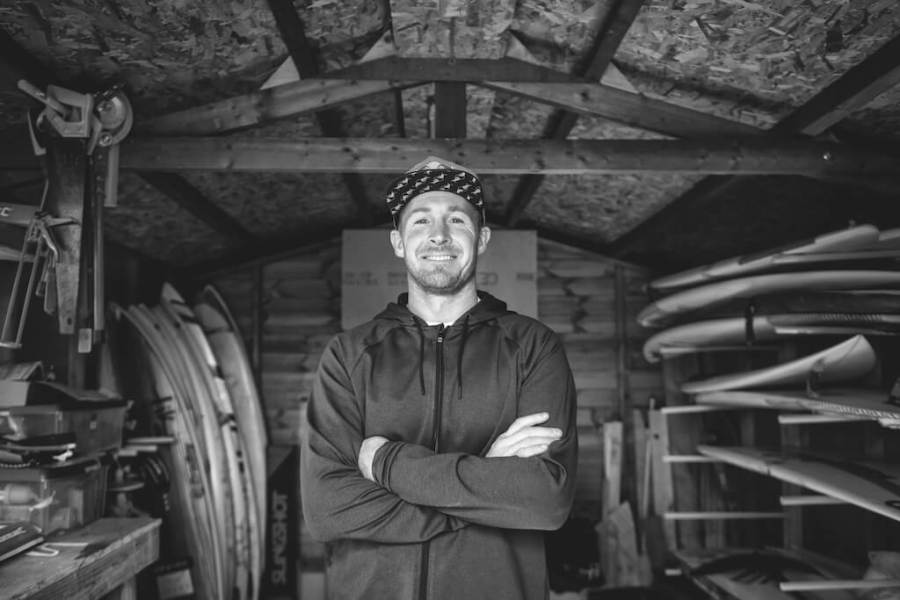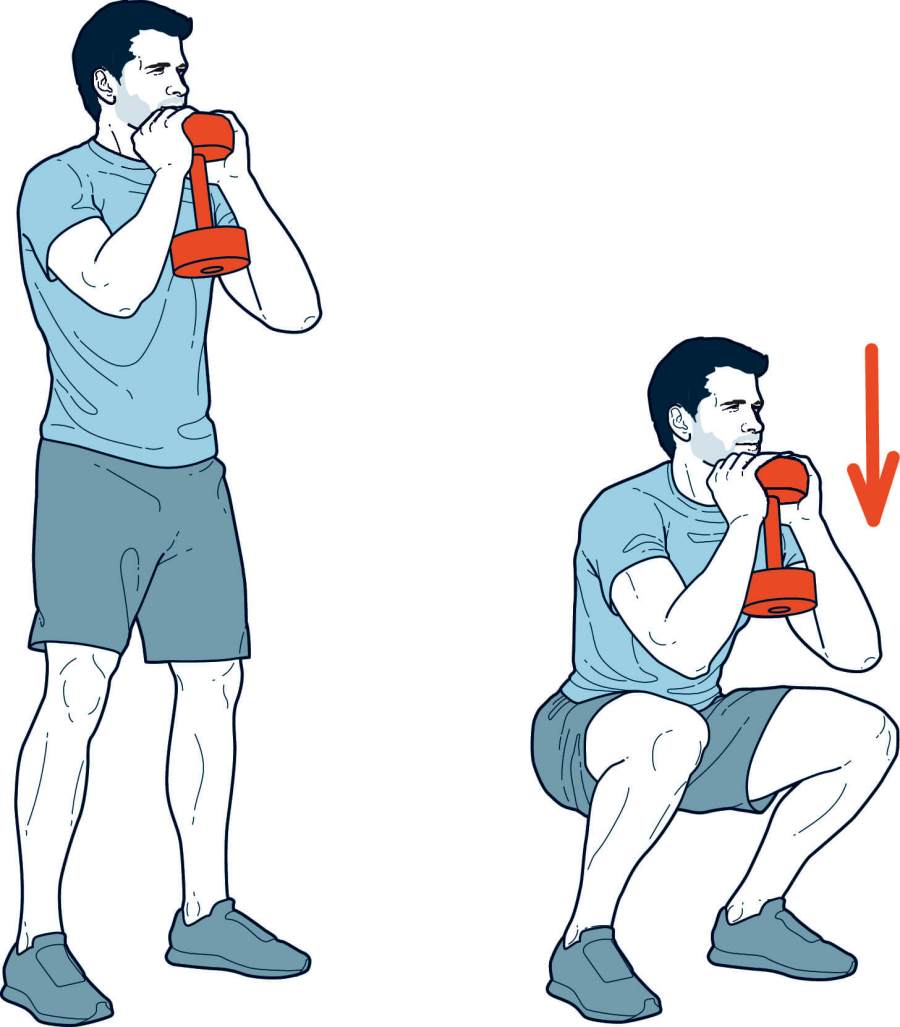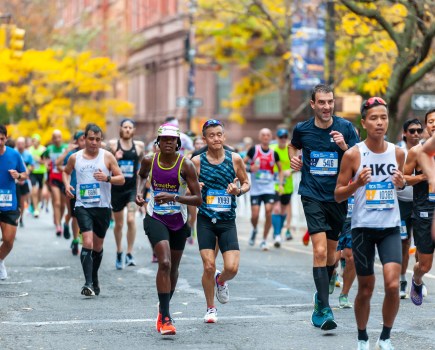Surfing is often dismissed as a laidback activity, stereotyped by long-haired hippies who spend their lives sunning themselves on the beach.
The reality, of course, is that surfing is full-body fitness epitomised. And when the waves get really big, it becomes a matter of life or death.
One such wave, off the coast of Nazaré, Portugal, is believed to be the biggest in the world. With the right conditions, it can swell to more than 100ft tall and break with terrifying speed and power.
To catch a ride, surfers need to be towed in at full speed on jet skis, with their feet strapped into their boards. At the right spot, they let go of the rope and navigate their way down sheer drops, covered in vicious lumps and bumps, desperate to avoid falling or being caught by the breaking water.
If you need a little context, it’s the equivalent of skateboarding out of the window of a seven-story building at speeds of up to 50mph. Then you need to imagine that the building is crashing down on top of you – if you don’t ride out of the way in time, you’ll be buried by the rubble.
“Getting hit by a wave is like being in a car crash,” says Andrew Cotton, a British athlete and one of the best big-wave surfers in the world.
“You’re rag-dolled about in every possible direction and crushed under immense pressure. Sometimes you literally feel like your arms are going to be ripped off. It’s so intense. Everything slows down and you lose all sense of time and direction.
“Your body is pushed to the limit and then, finally, when you think it’s never going to end, there’s a small window and that’s when you can finally surface.”
“Getting hit by a wave is like being in a car crash” – Andrew Cotton
The North Devon resident knows full well the brutality of a bad wipeout (the technical term for being caught by a wave), winning the dubious honour of the World Surf League’s Wipeout of the year Award in 2018.
In the video, a miniscule-looking Cotton is crushed under a giant white avalanche of water. He is then sent flying through the air like an ant flicked off a table.
“At that speed, landing on the water is like landing on concrete,” he remembers. “Unfortunately, I landed on my bum and broke my back. It was agony, but I had to be picked up by the jet-ski before I was out of trouble.
“That’s where survival mode is at its most elemental – you’re bobbing about in the white water and need to get yourself out before the next giant wave comes crashing down on you again. Then, only when I had made it back to the beach, was I able to go into shock mode and let other people take care of me.”
Incredibly, Cotton was back into the water nine months later, only to then snap his cruciate ligaments shortly afterwards. Again, he was side-lined for another year, but rather than letting these injuries end his career, he has used them to learn and grow as an athlete, by changing his focus on preparation, training and longevity.
Shift in perspective
“The best way to get through injuries is to look at them as opportunities,” he says. “You should focus on what you can do rather than what you can’t. Remember, whatever the problem, it could be worse.
“After bad injuries, I threw myself into rehab and learned to enjoy it. I worked with great physios and learned a lot about how my body works. It helped me appreciate how I need to manage my efforts to keep surfing for as long as possible.”
At 41, Cotton should be coming to the twilight of his career; instead, he is enjoying his best competitive results ever. He finished third at this year’s Nazaré WSL Tow Challenge competition (the Wimbledon of big-wave surfing) both in the team and individual events, and is looking forward to building on this success in other events over the year.
The secret, he says, is choosing when to go all out and when to hold back. It’s also about taking time to prepare your body properly and not skipping out on recovery time or exercises. Mobility training is essential, and Cotton swears by hot and cold therapy.
“I try and do all my hard work in the summer when the sea is flat,” he says. “It’s the best time to push myself physically,” says Cotton.
“The best way to get through injuries is to look at them as opportunities” – Andrew Cotton
“I spend a lot of time cycling and I’ll be doing 100 miles on the bike. I love being outside on a road bike in full-on lycra, and North Devon is perfect for it. Also, I do weights, squatting, and generally leg and knee exercises to make my body strong for impact. Then I also spend a lot of time in the pool.
“Being swim fit over long distances is a reassuring thing to have that in the locker when you go out there. It’s super important to enjoy yourself and feel safe. I also do breath-hold training to build confidence: when you’re pinned under and can’t surface for a few minutes, it’s basically minimising all risk of panic.”
Cotton also works with a physical trainer who programmes targeted gym sessions to work on weaknesses. He normally fits in two per week, but it can be less if he’s surfing a lot – small summer waves give him a chance to work on some of the more technical aspects of the sport (body position, turning technique, wave reading etc). The closer he gets to the season, the more these aspects ramp up as the waves get bigger.
“Big-wave surfing is an explosive, extreme endurance sport,” adds Cotton. “There’s a lot of waiting about on the jet skis, analysing wave conditions and looking for the right signs. It’s not like a football game where you know that after 90 minutes you’ll be back in the changing room.
“It gets really cold out there, too, so it’s important to have a really good wetsuit and a Dryrobe. Most people just use it for getting changed, but I basically live in it – I don’t think I could hack it on the coldest days anymore without one.”
“Big-wave surfing is an explosive, extreme endurance sport” – Andrew Cotton
All of which begs the question, what keeps him coming back for more?
“The sensation I’m chasing can probably best be defined by one wave I took back in 2014,” reflects the Brit. “I remember being on the rope and Garrett McNamara (the ‘godfather of big-wave surfing’) was driving the jet ski.
“A set came and it was just so incredibly big and scary black. Garett is a little bit crazy, but also super focused. He was looking at me with mad eyes and shouting, ‘You want it?’
“Despite my apprehension, I didn’t need to think, I was like, ‘Fuck, yeah!’ and off we went – flying. I let go of the rope and I was going so fast, but it felt super slow at the same time.
“It was like everything stood still – a kind of ‘nowness’. Seconds turned into hours and water became everything. The outside world simply stopped existing. It was perfection.”
Get strong for surfing
These two exercises are central to Andrew Cotton’s big-wave conditioning
Goblet squat
Reps: 12 + 1-min iso hold
Sets: 3-4
Why: To prepare his body for stability under high pressure.
- Hold a kettlebell or dumbbell handle-down, with both hands around the bell (you can also use a dumbbell) and squat down with your back straight and chest up.
- Descend until your elbows touch the insides of your knees, then put your weight on your heels as you stand back up.
Discover the best dumbbell exercises for every body part
Pallof press
Reps: 12 + 1-min iso hold
Sets: 3
Why: Another cornerstone of Cotton’s routine, strengthening his core to resist unwanted movement.
- Stand side on to a cable machine, with the cable positioned at around chest height.
- Grab the handle with both hands.
- Now press the cable straight out in front of you, using your core to resist rotation.
- Breathe out as you bring the cable in towards you, and out with each push.
Words: John Silcox | Photography: Red Bull Content Pool | Illustrations: Peter Liddiard









